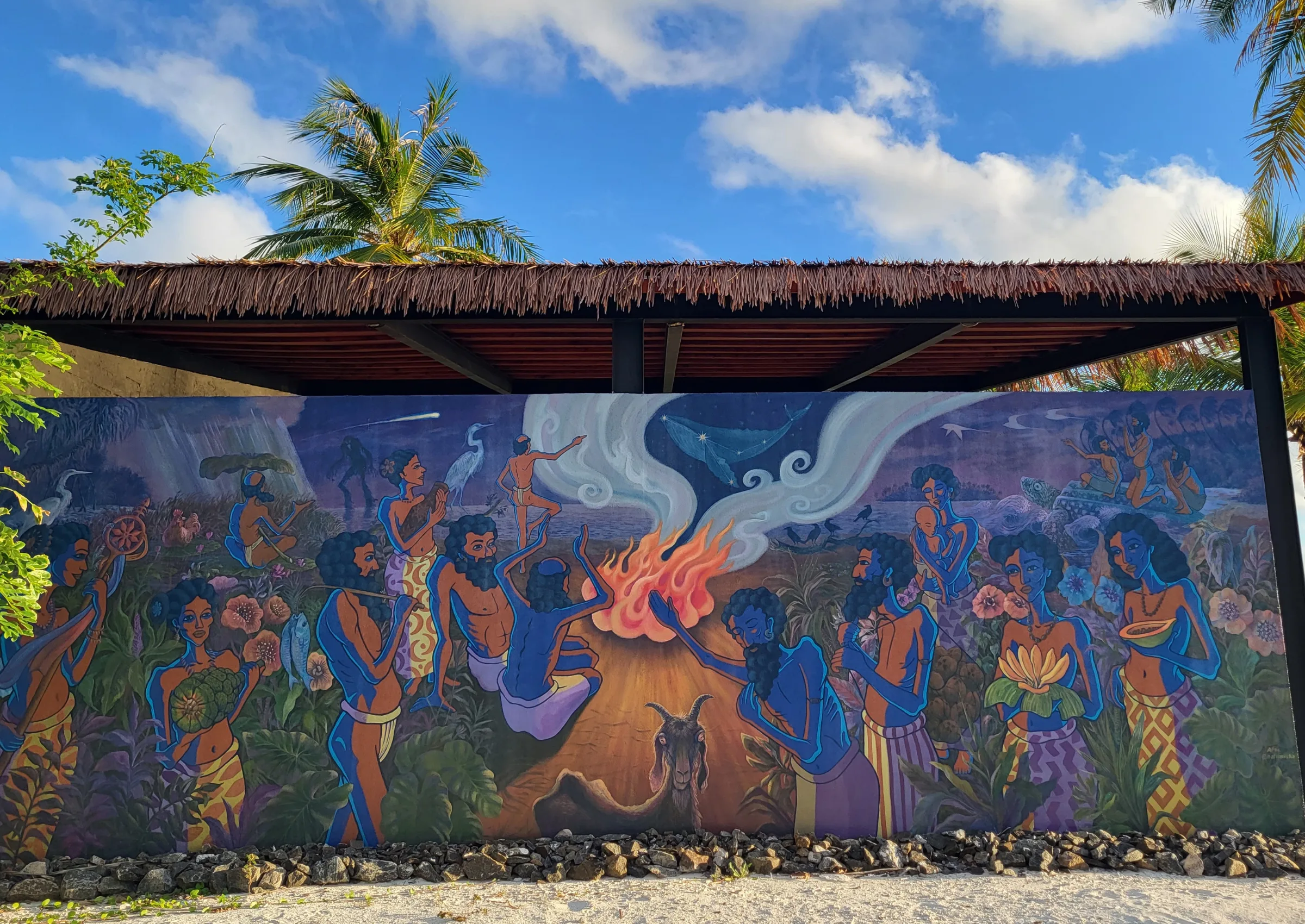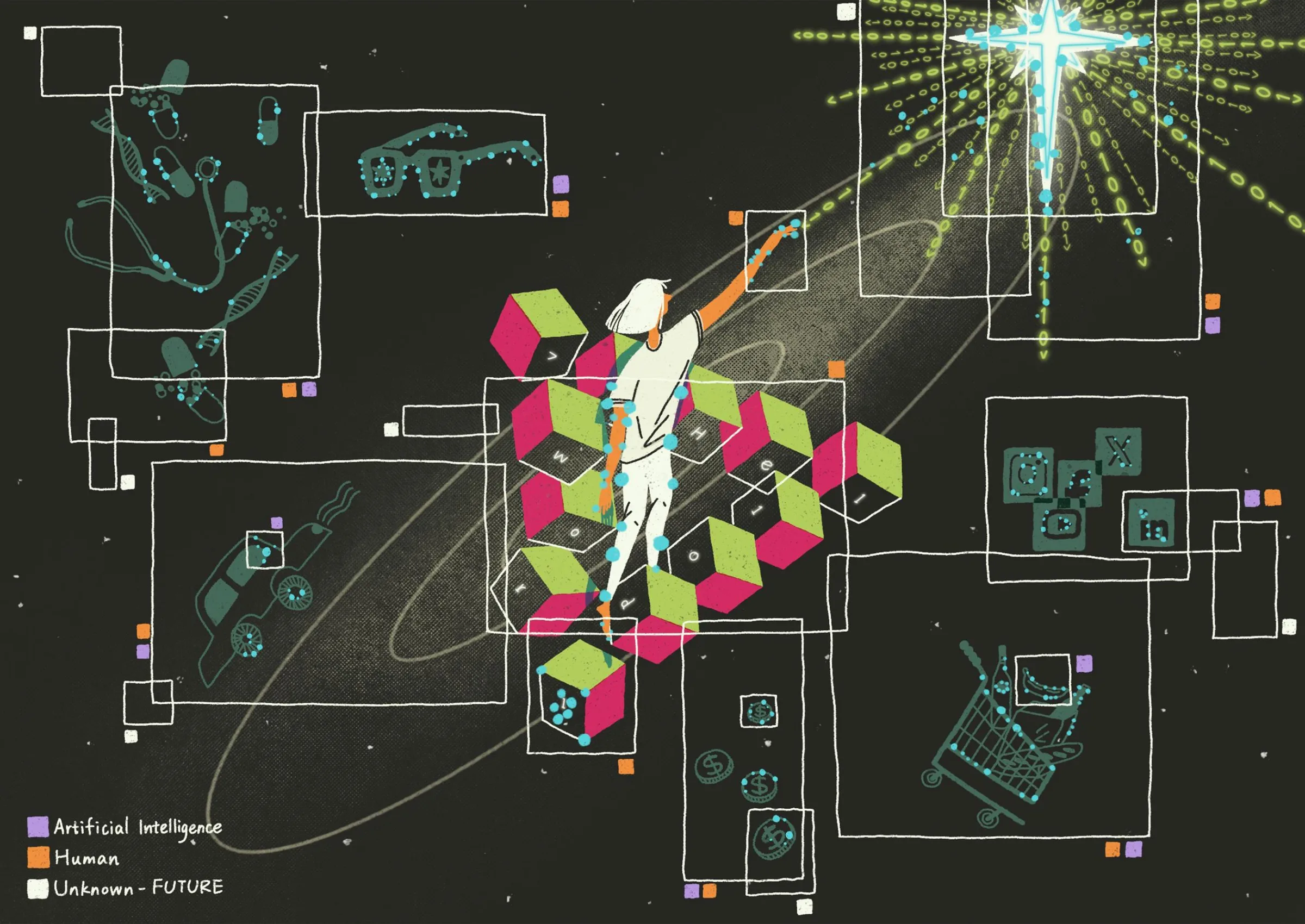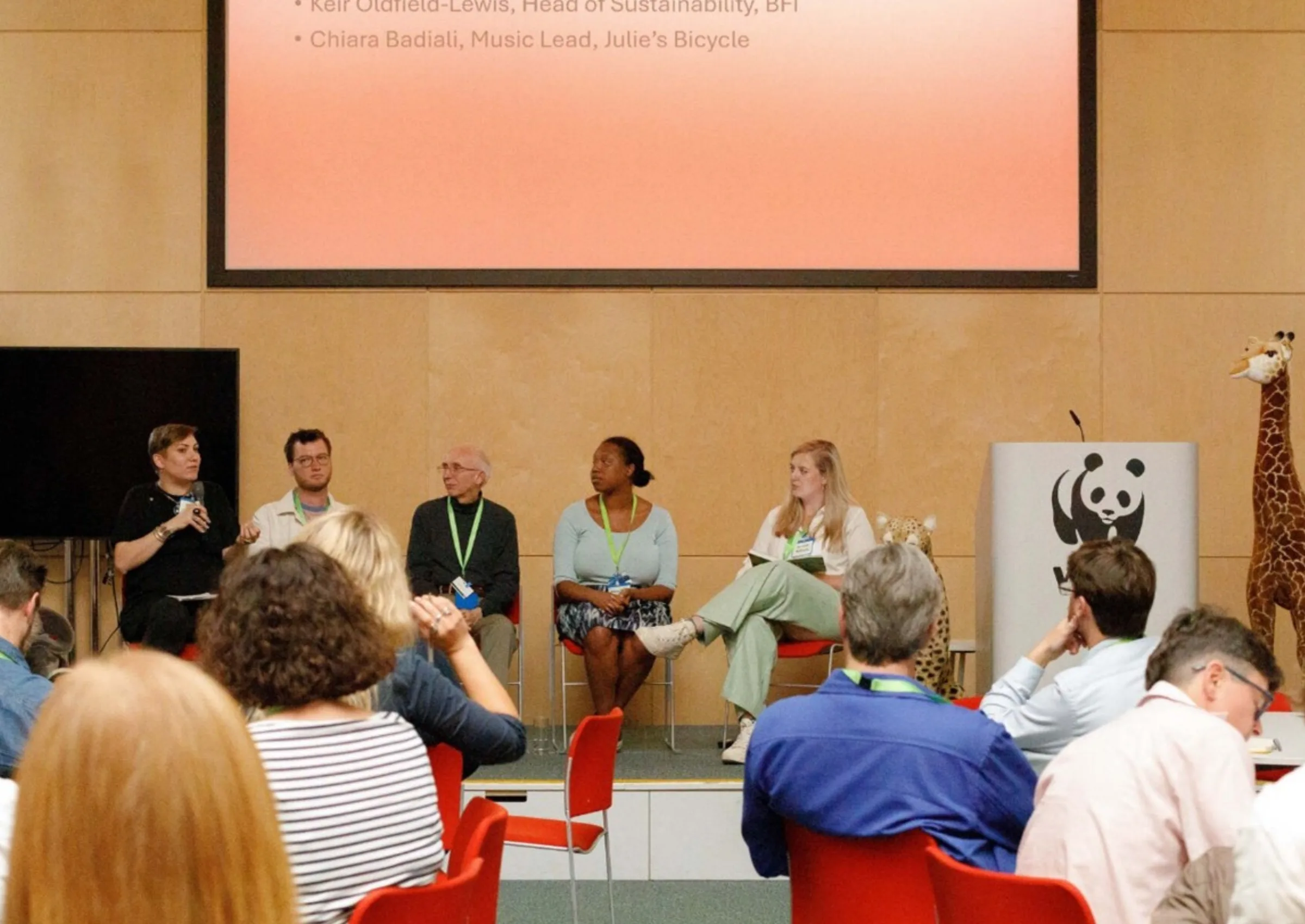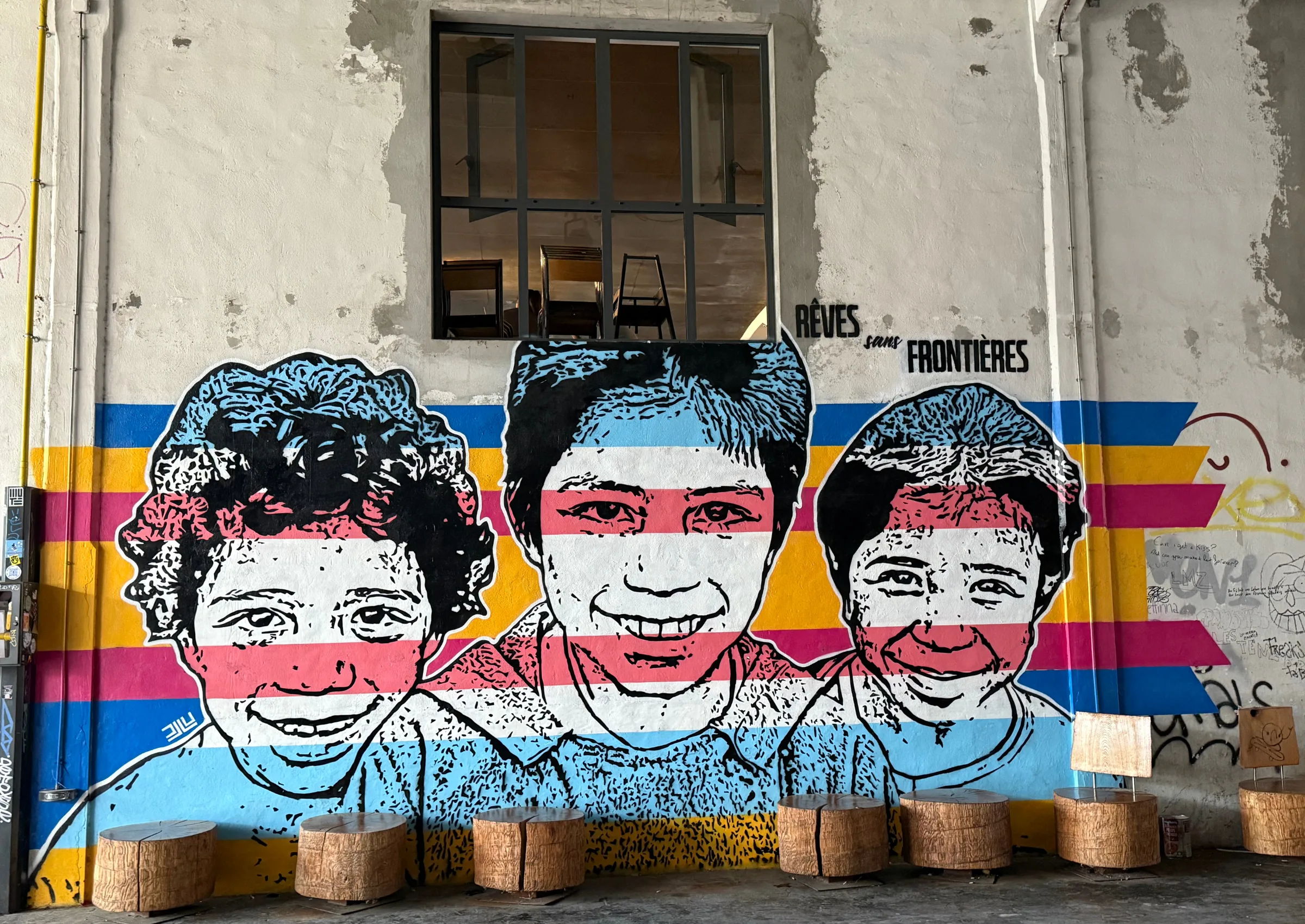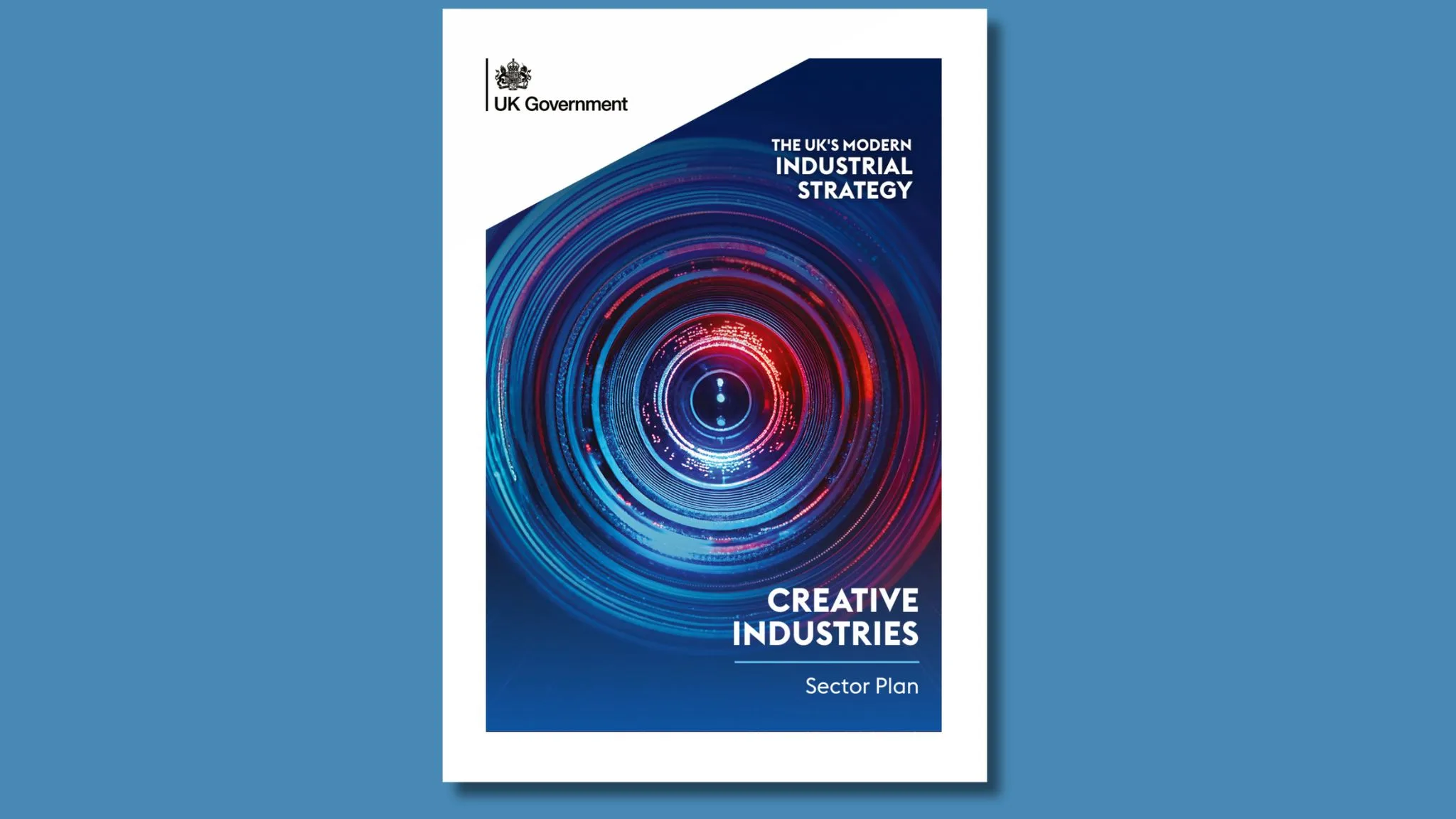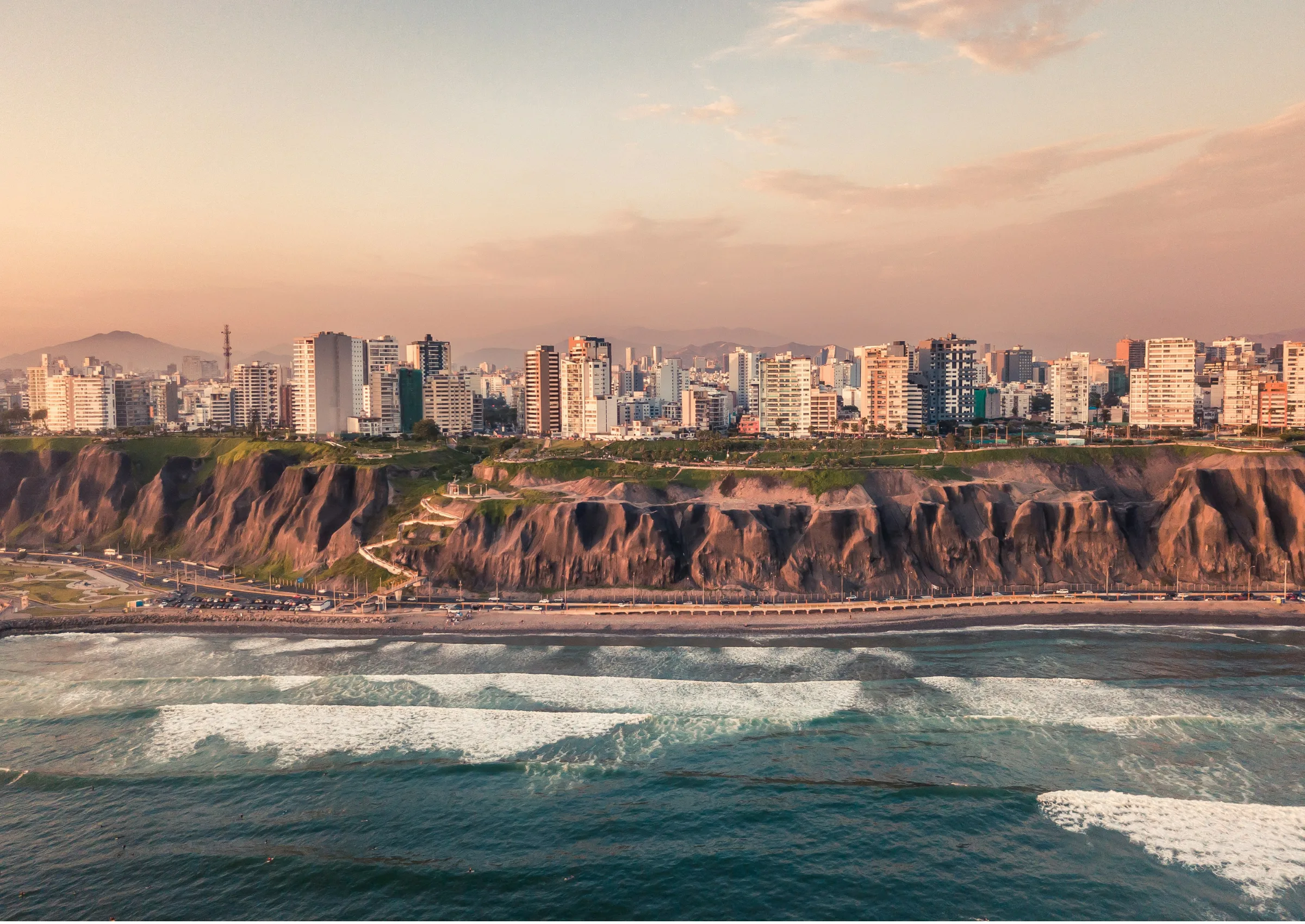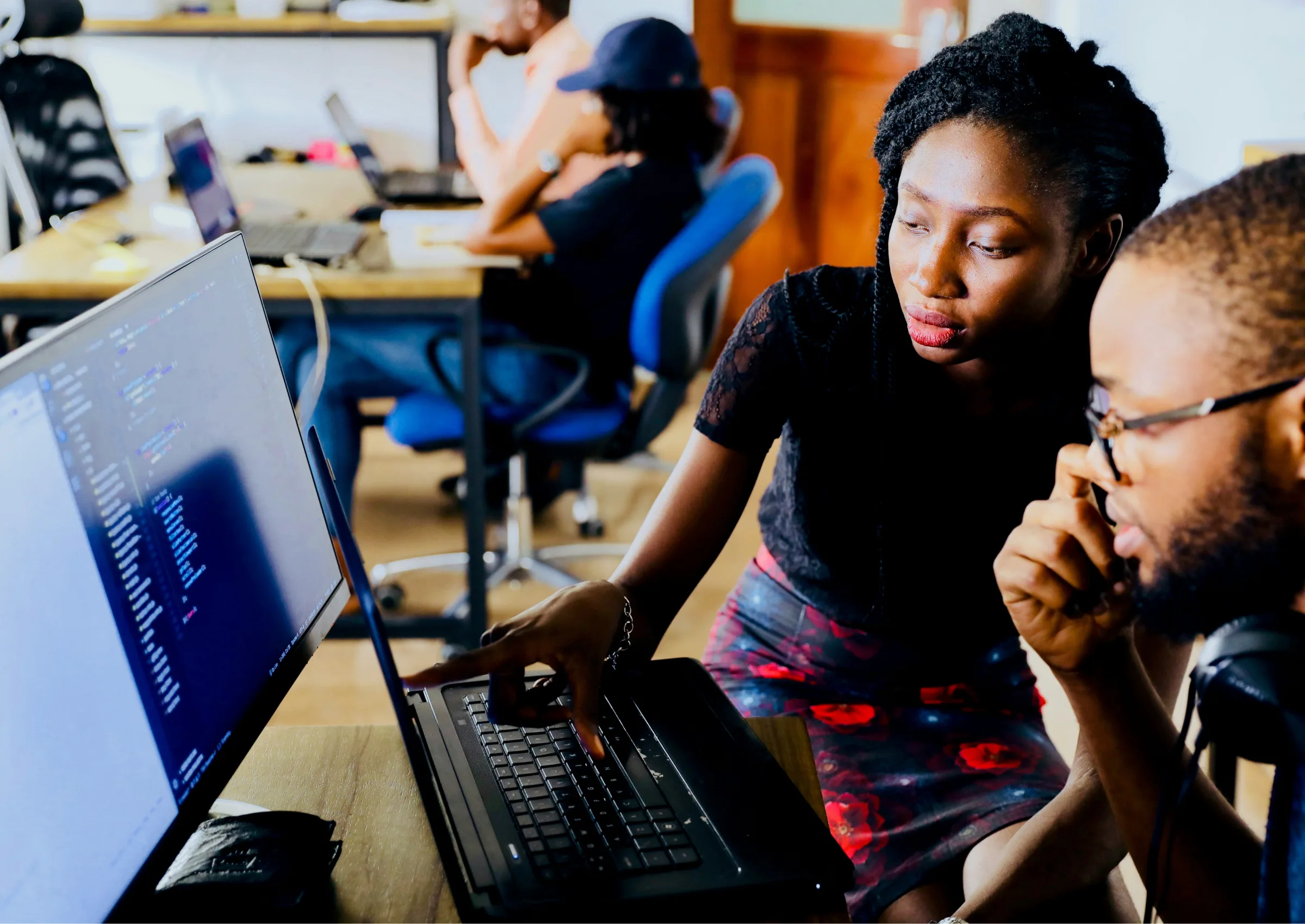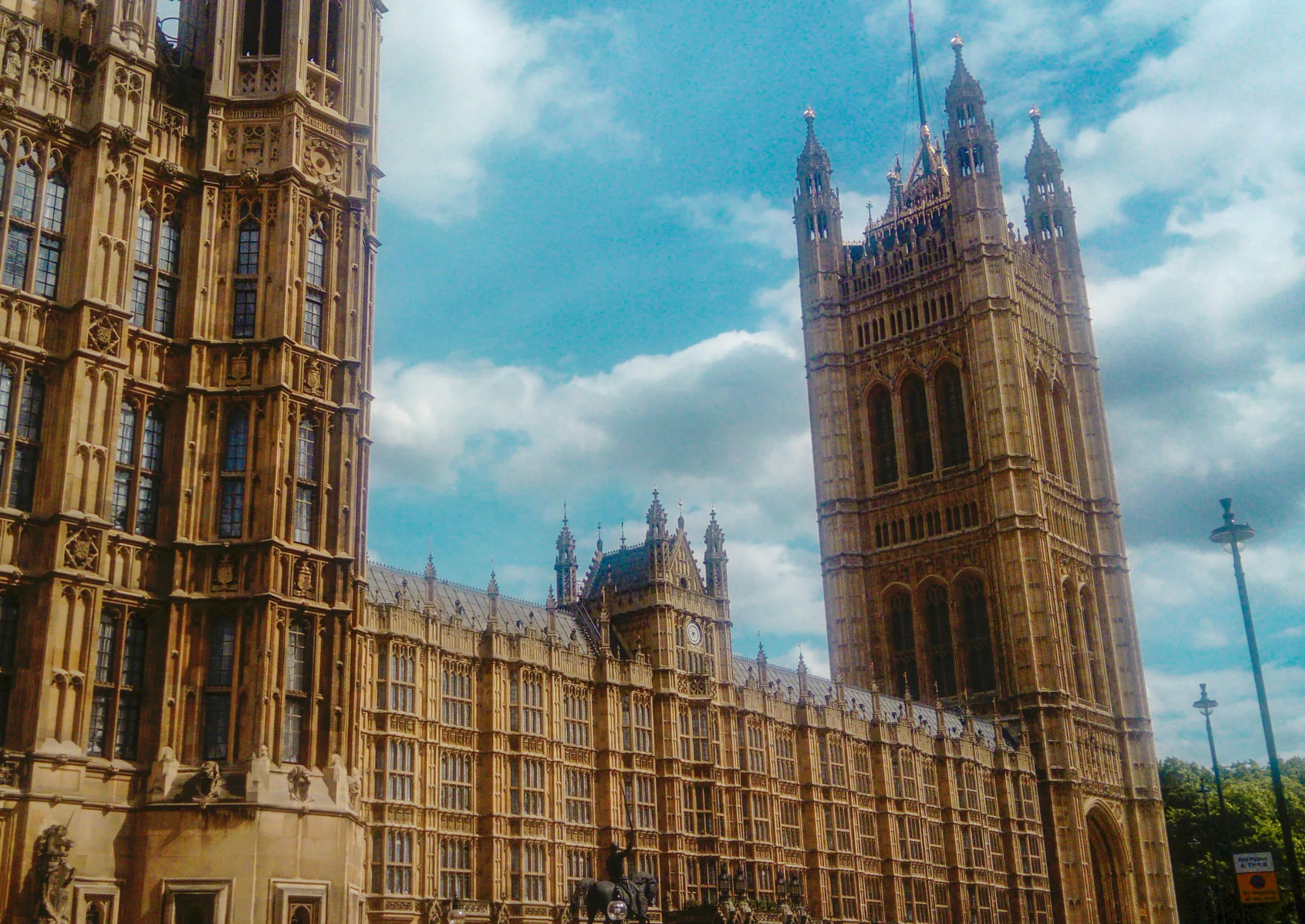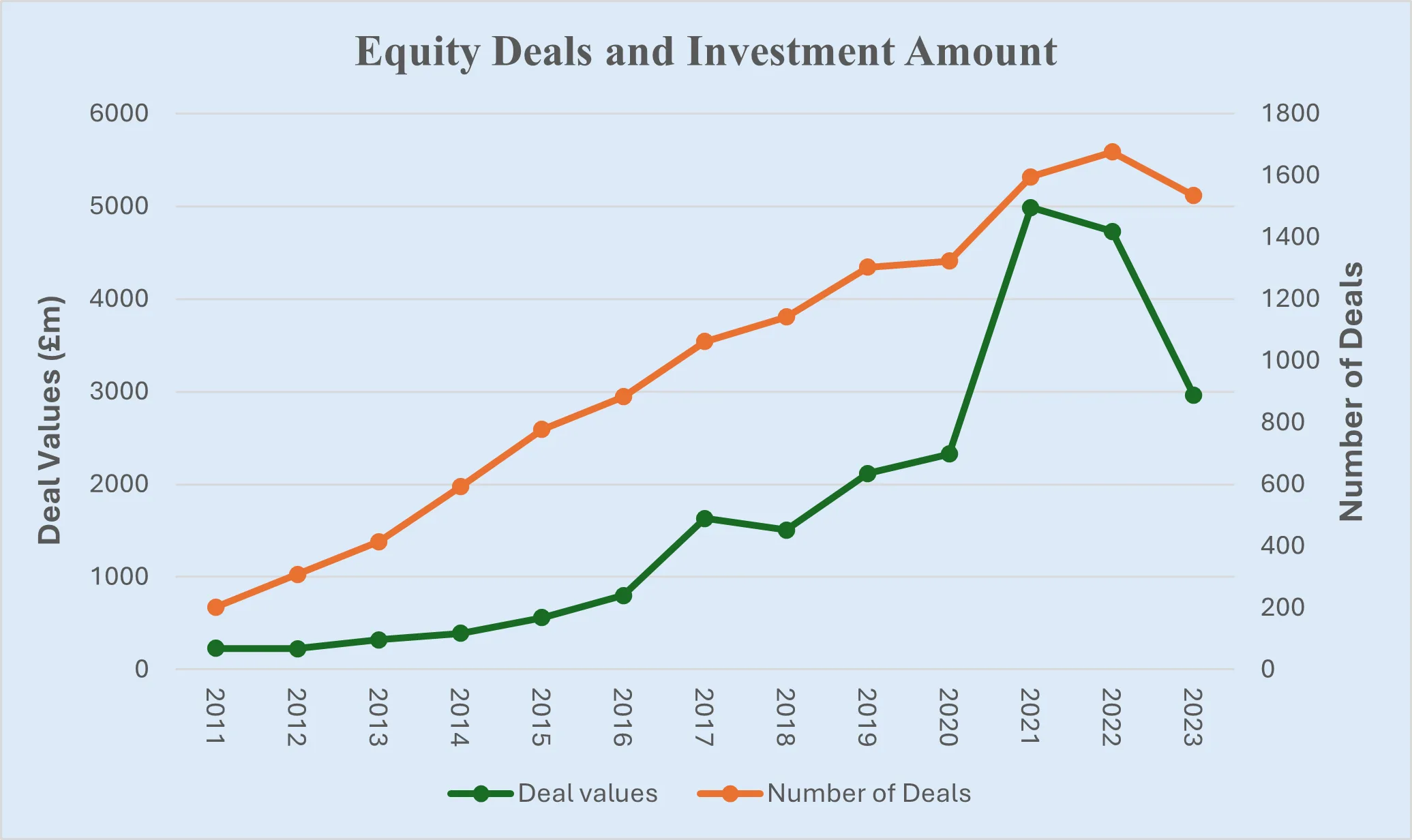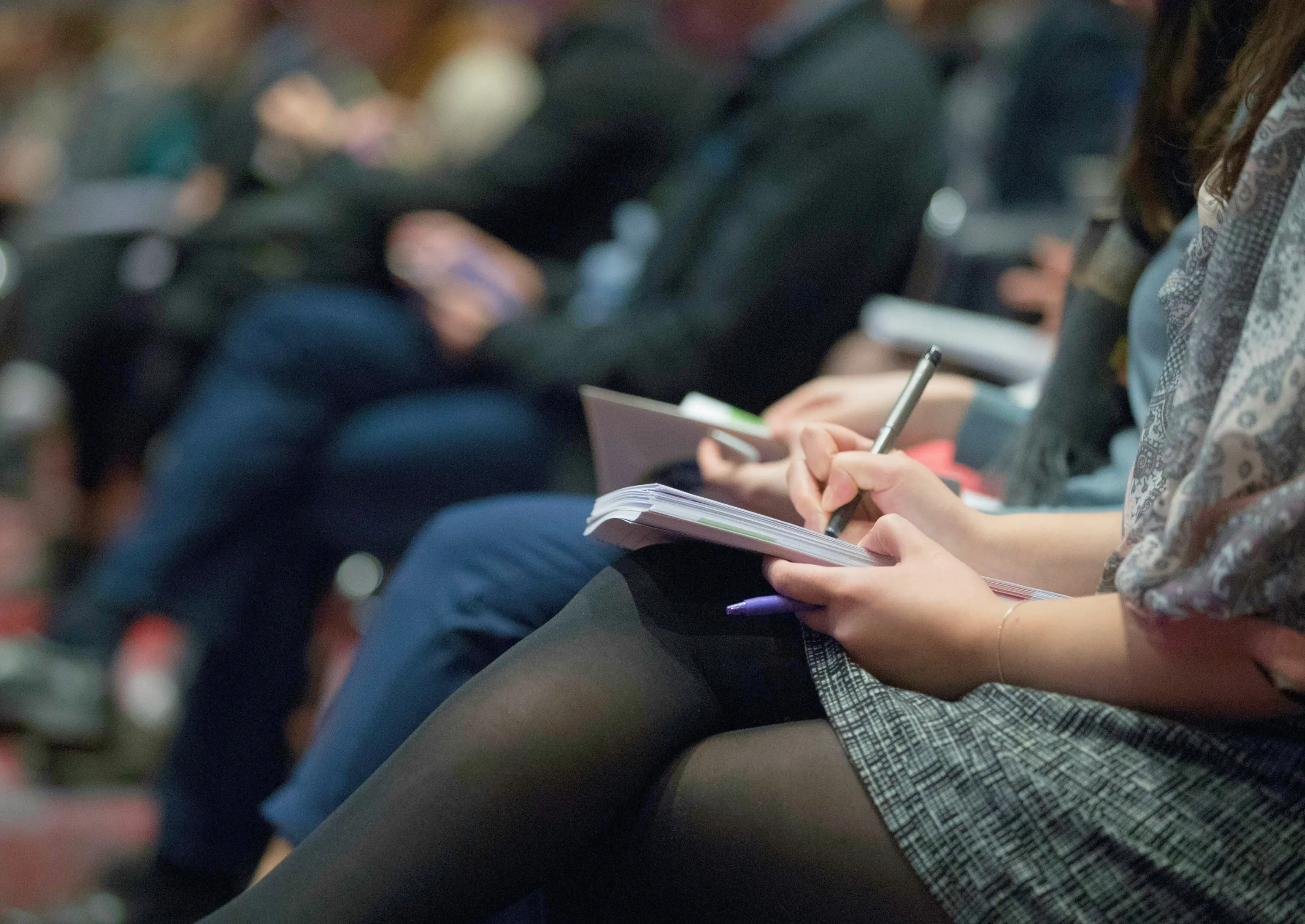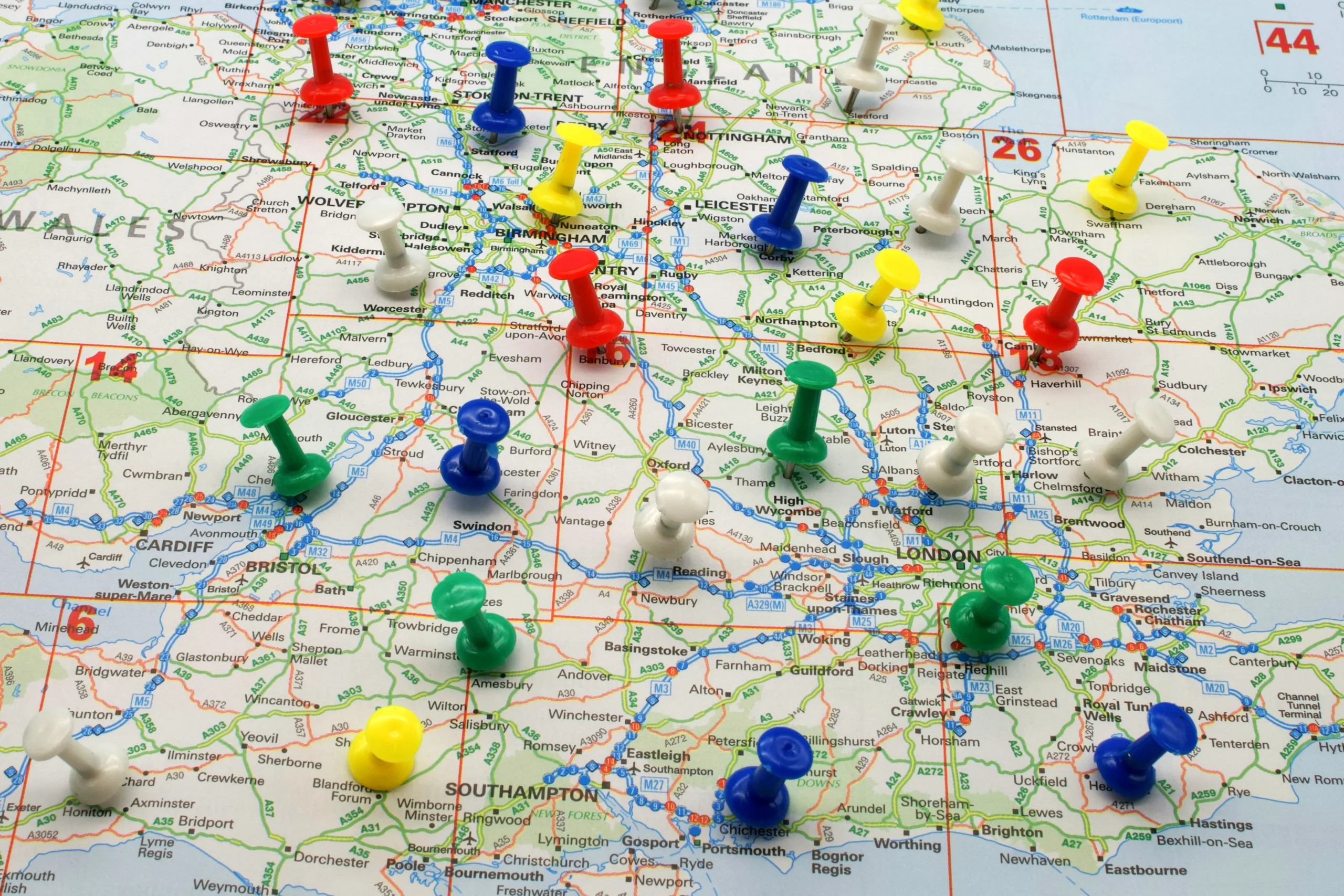What can professional networks, industry, funders and policy-makers do to ensure that digital workers are better supported?
The pandemic led to huge pressure on creative industry employees who have responsibility for social media, according to new research published this week. As venues were forced to close their doors, their online presence, in many respects became the organisation. This led to an increased workload for people managing digital output, and intense pressure on often relatively lower-paid entry-level staff, at the sharp edge of social media, to be the public voice for their entire organisation.
The research focused on museums and galleries, and yet speaks to the pressure felt across the creative sector. Nineteen UK cultural organisations took part in the study, including ten national institutions. One museum Director describes realising “that we are a digital only institution now, and that situation remained for well over six months”. Those who oversee social media are often on a relatively low salary (as a quick scan of Glassdoor will show), and they might not be getting adequate recognition for a high pressure, very visible role. The research demonstrates, they are expected to, and do, navigate a complex and nuanced online conversation, where the price for a mistake can be high, and very public.
During the peak of the pandemic months, social media employees describe having to get the tone right in terms of providing engaging creative content, whilst being sensitive to grim daily headlines about rising hospital numbers. It was also a time in which cultural organisations had a responsibility to use their platform to respond to the murder of George Floyd and the intensification of the Black Lives Matter movement. Cancel culture and the ramifications of #metoo also remained high on the agenda. Those who lead on social media in the cultural sector navigate these conversations, in a fast-changing environment, day-by-day, with expertise and tenacity and yet the skill involved, and the toll it takes, isn’t always recognised. A ‘digital team’ can often be one person.
The pressure is intensified as social media is 24/7, and so whilst a gallery or museum has core opening hours, it’s not always easy for people managing social media to switch off. It’s hard to simply ignore comments that happen out of working hours, meaning employees can feel as though they always have to be ‘on’.
The research was conducted by Cardiff University, part of the Creative Industries Policy and Evidence Centre (the PEC) – led by the social innovation foundation Nesta. The paper provides a rich account of the realities of working in digital delivery during the pandemic. It also explores the accessibility of digital approaches and who they work for and who they can exclude. Crucially, it asks what can professional networks, funders and policy-makers do to ensure that digital and digital workers are better supported.
Dr. Jenny Kidd, Cardiff University, says:
‘This research gives voice to those working in digital roles within museums and galleries across the UK. It further demonstrates how vital digital outputs have been during the pandemic, details the diversity and richness of approaches utilised, and reflects on some of the successes and challenges. It asks what we have learned during this period that can inform digital strategising in the future, and makes the case for a renewed commitment to ethical and considered digital practice, not least within social networks.’
Amy Firth, Head of Marketing at the Arts Marketing Association (AMA), which provides training and networking support for professionals in the sector, says:
‘It takes time and strategic thought for social media to deliver benefits. It is a skilled role, but it is often expected that entry level staff can come in and hit the ground running because “everyone uses social media”. That’s missing the point. A lot of larger organisations have dedicated social media roles – it is a specialist function. But in many arts, heritage and culture organisations, social media is an “add-on” to an existing role. A lot of AMA members have noted that more and more is expected of them, they are expected to be graphic designers, content producers, video editors and social media experts, but there is no corresponding additional resources or salary for this extra workload.
The emotional labour in working with social media shouldn’t be under-estimated. Social media never stops, it is a 24/7 platform. You either need to resource that properly as an organisation, or understand the need to set boundaries. It is very rare for organisations to provide mobile phones for work use – a lot of people are using personal devices and getting work notifications and so it can be very hard to switch off. The temptation to let work bleed into home life is particularly strong with social media.’
Whilst the report calls for more robust measures from professional bodies, there must also be more recognition within arts and cultural institutions of just how much skill is needed, and the pressure it puts on social media employees. Senior Managers need to ensure that this potentially vulnerable group is supported in terms of their well-being and downtime. This skilled, visible job demands the ability to create original content, and have a 360 degree understanding of nuanced, potentially sensitive cultural conversations. This vital role needs greater recognition and more structured support in place.
Image credit: John Barkiple @barkiple
Related Blogs
Cultural Industries at the Crossroads of Tourism and Development in the Maldives
Eduardo Saravia explores the significant opportunities – and risks – of relying on tourism.
When Data Hurts: What the Arts Can Learn from the BLS Firing
Douglas Noonan and Joanna Woronkowicz discuss the dangers of dismissing or discarding data that does…
Rewriting the Logic: Designing Responsible AI for the Creative Sector
As AI reshapes how culture is made and shared, Ve Dewey asks: Who gets to create? Whose voices are e…
Reflections from Creative Industries 2025: The Road to Sustainability
How can the creative industries drive meaningful environmental sustainability?
Creating value: the creative economy beyond culture by Marta Foresti
Marta Foresti explains the value of international cooperation as she becomes Chair of the GCEC.
Taking stock of the Creative Industries Sector Plan
We summarise some of the key sector-wide announcements from the Creative Industries Sector Plan.
Conversations between the Global North and South
Unsettling and reordering the creative economy
Why higher education matters to the arts, culture and heritage sectors
Professor Dave O’Brien, Professor of Cultural and Creative Industries at University of Manches…
What does the 2025 Spending Review mean for the creative industries?
A read out from Creative PEC Bernard Hay and Emily Hopkins On Wednesday 11th June the UK Government …
Bridging the Imagination Deficit
The Equity Gap in Britain’s Creative Industries[1]. by Professor Nick Wilson The creative industries…
Why accredited qualifications matter in journalism
Journalism occupations are included on the DCMS’s list of Creative Occupations and, numbering around…
All Together Now?
Co-location of the Creative Industries with Other Industrial Strategy Priority Sectors Dr Josh Siepe…

